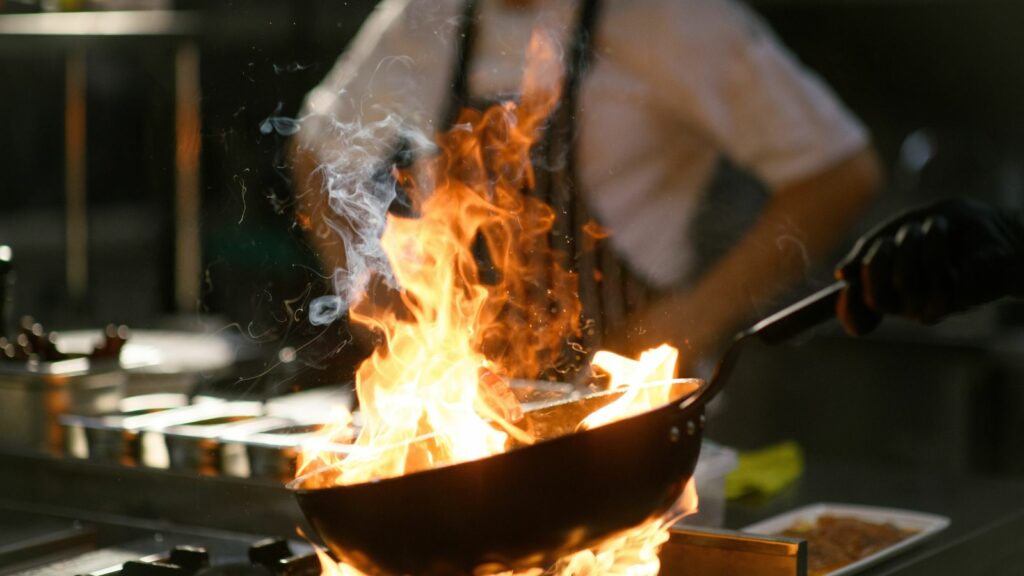Canada’s food identity is undergoing a delicious transformation. From coast to coast, a new generation of chefs is reshaping the definition of “local cuisine.” They aren’t just cooking with regional ingredients, they’re digging into Indigenous traditions, immigrant influences, and sustainable food practices to create something truly unique. These 30 Canadian chefs are leading the charge.
Jeremy Charles – Newfoundland
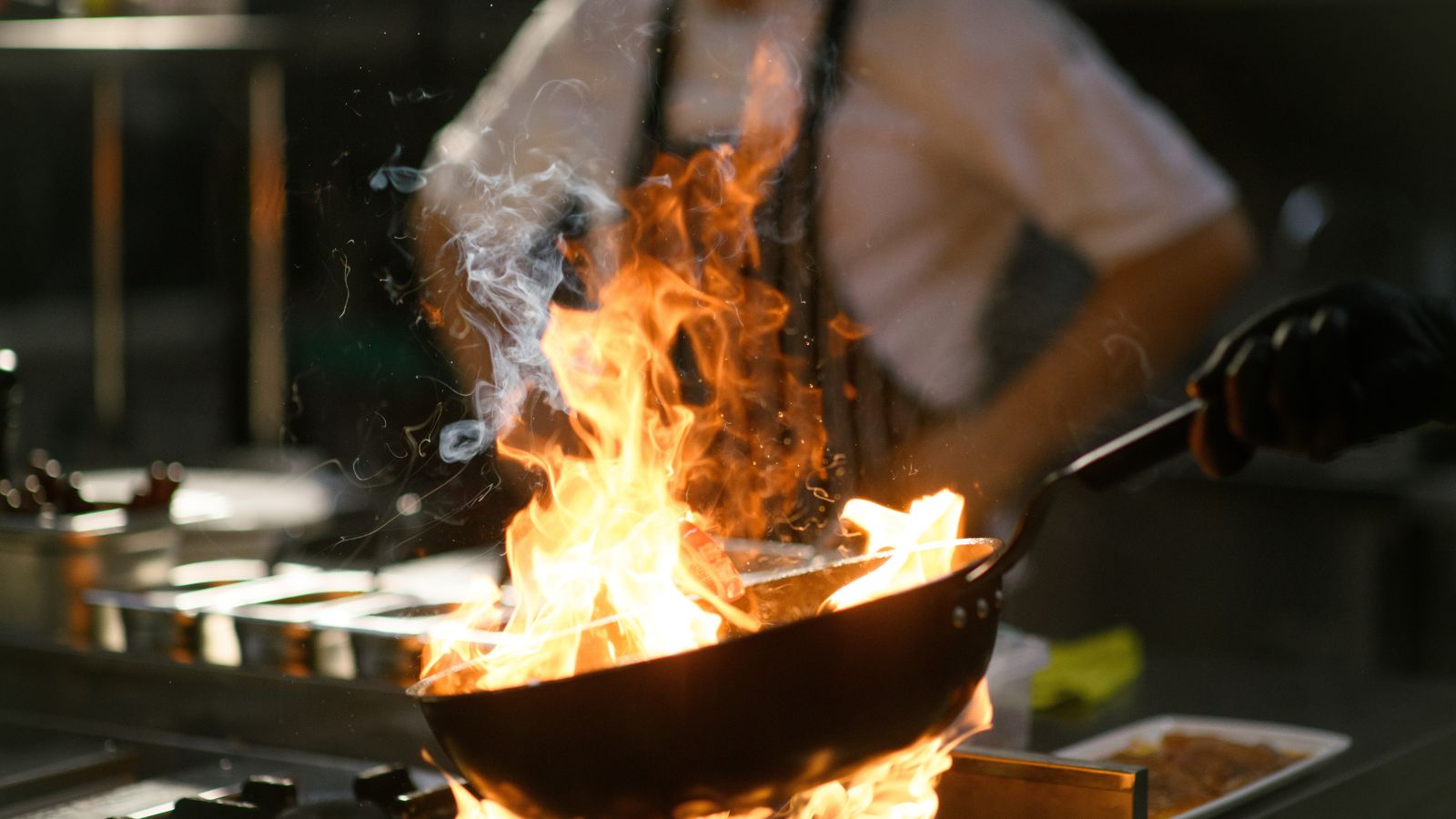
At Raymonds and the Merchant Tavern in St. John’s, Jeremy Charles crafts cuisine inspired by Newfoundland’s wild larder. His deep respect for Atlantic seafood, wild game, and foraged herbs paints a vivid culinary portrait of the island. Charles doesn’t just cook food, he tells a story of place, community, and resilience through every dish.
Saskia Roch – Quebec
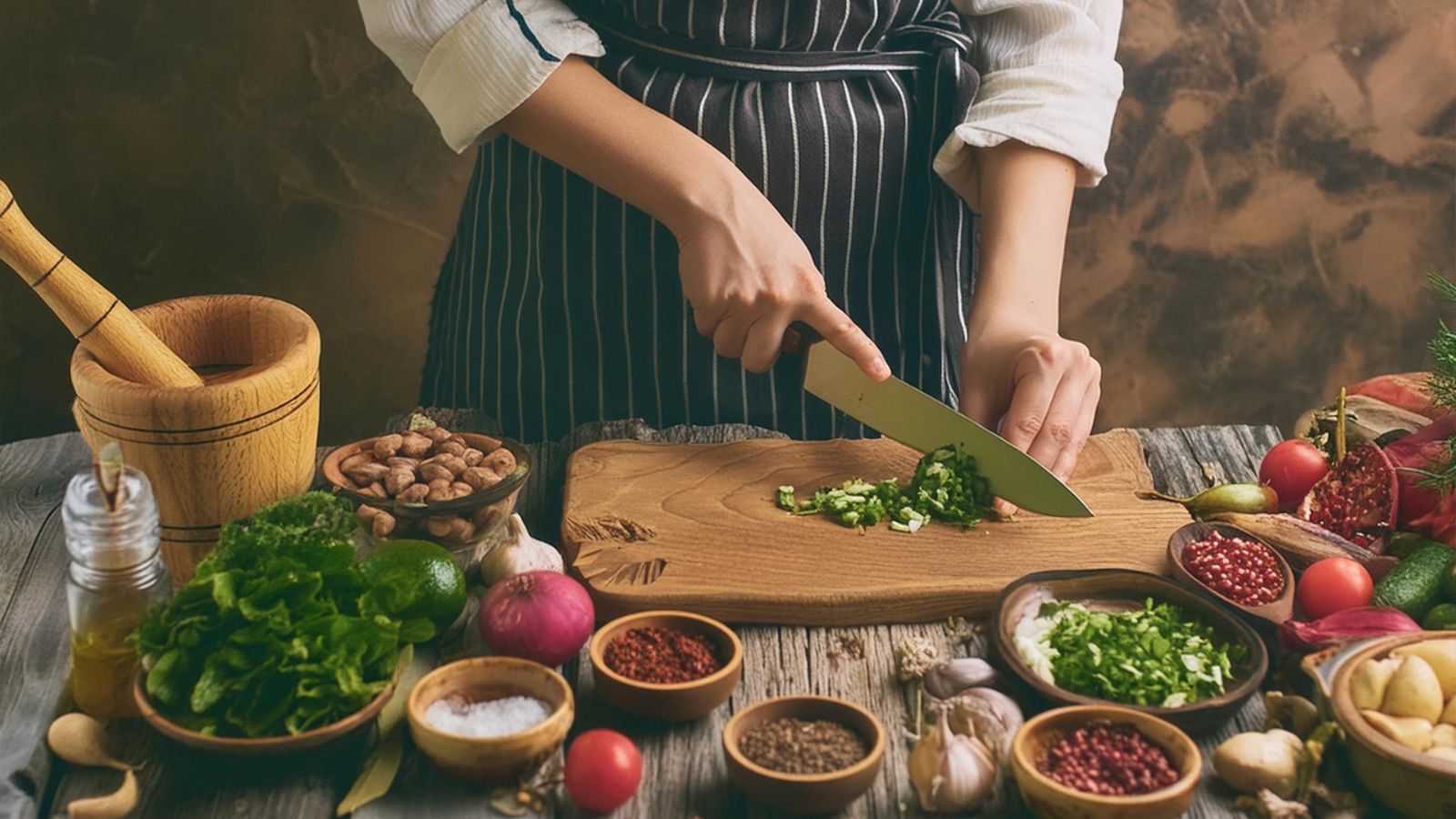
As co-owner of Maelström in Quebec City, Saskia Roch reimagines what it means to eat locally in Quebec. She collaborates with farmers and foragers, often incorporating lesser-known vegetables and native plants. Her approach fuses Nordic techniques with French-Canadian flair, and her menus are ever-changing to reflect what’s available each season.
Rich Francis – Ontario
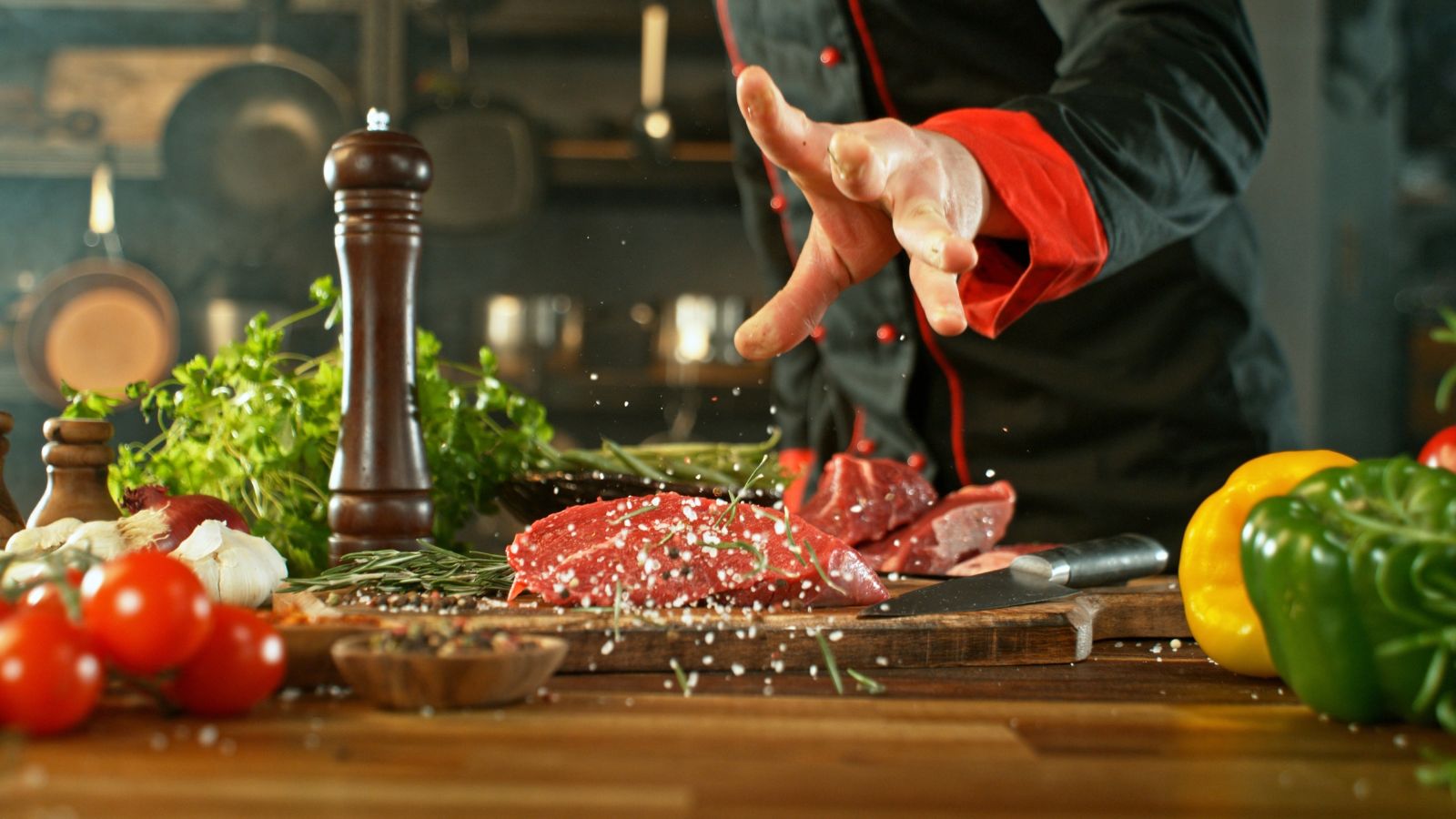
A member of the Tetlit Gwich’in and Tuscarora Nations, Rich Francis is passionate about decolonizing food. His cuisine centers around Indigenous ingredients and traditional methods. At Seventh Fire Hospitality in Ontario, he builds bridges between communities and reconnects people with ancestral foodways, challenging diners to rethink what Canadian cuisine truly is.
Andrea Carlson – British Columbia

At Burdock & Co in Vancouver, Andrea Carlson is a pioneer of farm-to-table dining. She works almost exclusively with organic, local producers and features sustainable seafood. Carlson’s dishes reflect B.C.’s ecological diversity, from the Pacific Ocean to the Fraser Valley, while emphasizing thoughtful sourcing and creative minimalism in plating.
Shane Chartrand – Alberta
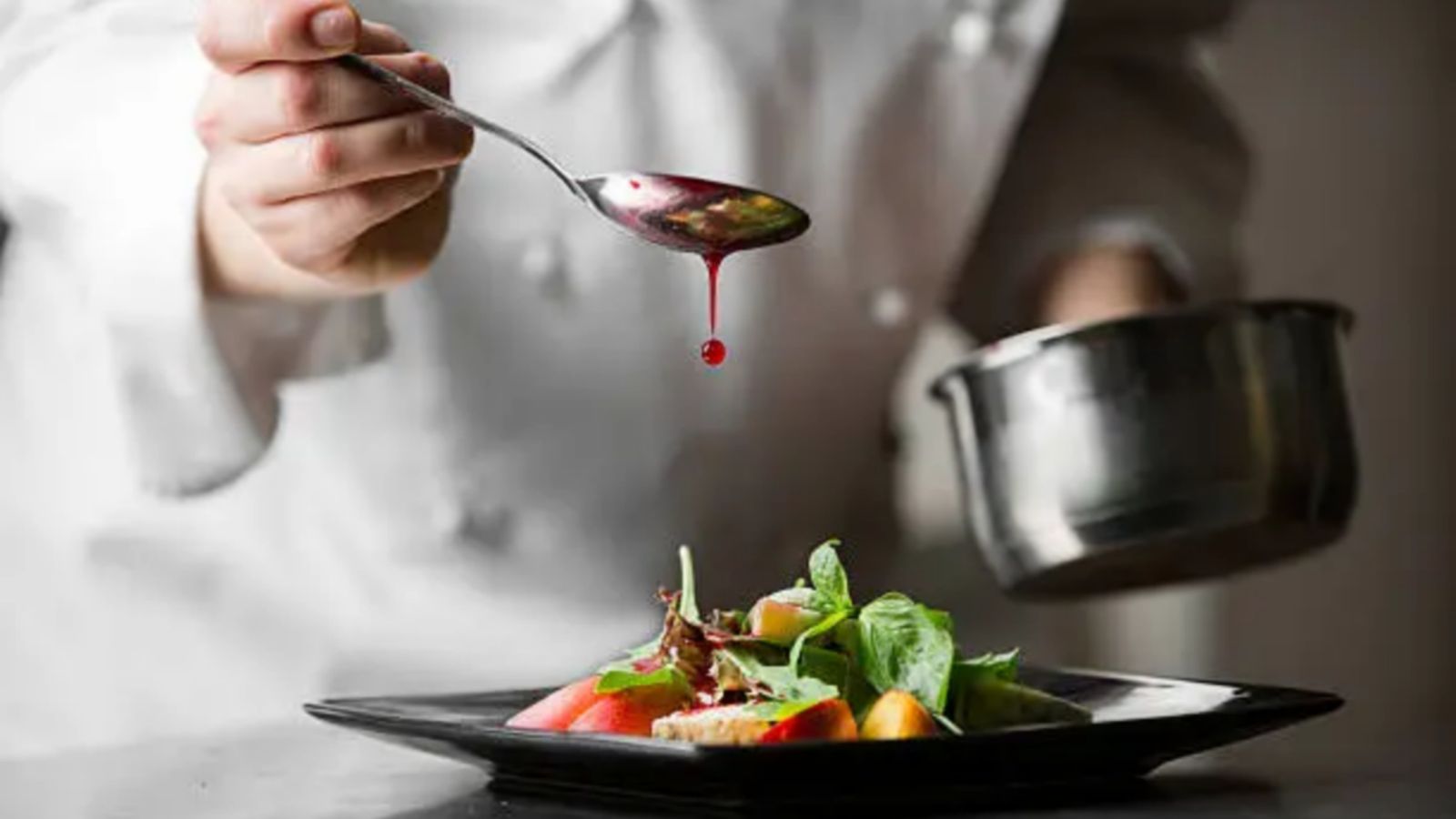
Cree chef Shane Chartrand has made it his mission to explore the intersection of Indigenous identity and haute cuisine. At SC Restaurant in Edmonton, he mixes traditional Indigenous techniques with global influences, creating plates that are as thoughtful as they are beautiful. His cookbook, Tawâw, showcases his food philosophy rooted in respect and storytelling.
Melissa Craig – British Columbia

As the executive chef of Bearfoot Bistro in Whistler, Melissa Craig creates innovative menus grounded in local ingredients. Whether it’s Pacific sablefish or Okanagan fruits, Craig crafts modern dishes with refined technique. Her work elevates alpine dining and brings luxury to the natural bounty of British Columbia.
Nick Liu – Ontario

At DaiLo in Toronto, Nick Liu fuses his Hakka Chinese heritage with Canadian ingredients to create what he calls “New Asian Cuisine.” Dishes like truffle fried rice and foie gras dumplings reflect his imaginative spin on tradition. Liu’s cooking reflects the multiculturalism of Toronto and proves that local can mean global.
Quang Dang – British Columbia
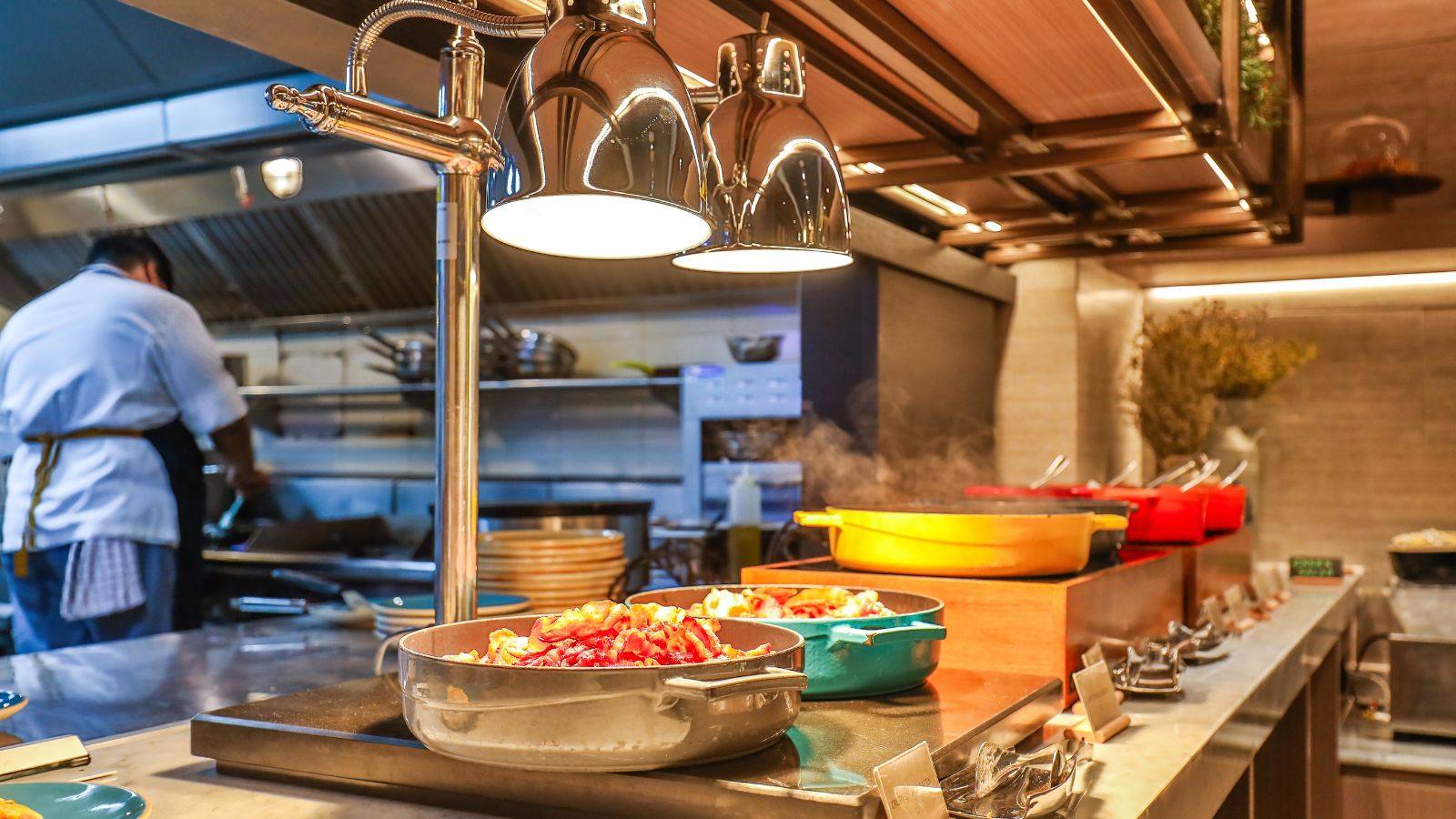
Born in Calgary and raised in Vancouver, Quang Dang has long been known for his dedication to sustainable, ocean-friendly cuisine. At Salmon n’ Bannock Bistro and formerly at Araxi, he crafts dishes that reflect B.C.’s coastal identity while respecting Indigenous traditions and fisheries. His culinary ethos is all about connection, to land, sea, and heritage.
Caitlin Mark – Manitoba

At Feast Café Bistro in Winnipeg, Caitlin Mark creates hearty, soulful food inspired by Indigenous culture. Her use of bannock, bison, and wild berries honors both tradition and innovation. Mark also trains and hires Indigenous youth, using her kitchen as a platform for empowerment and community healing.
Patrick Kriss – Ontario
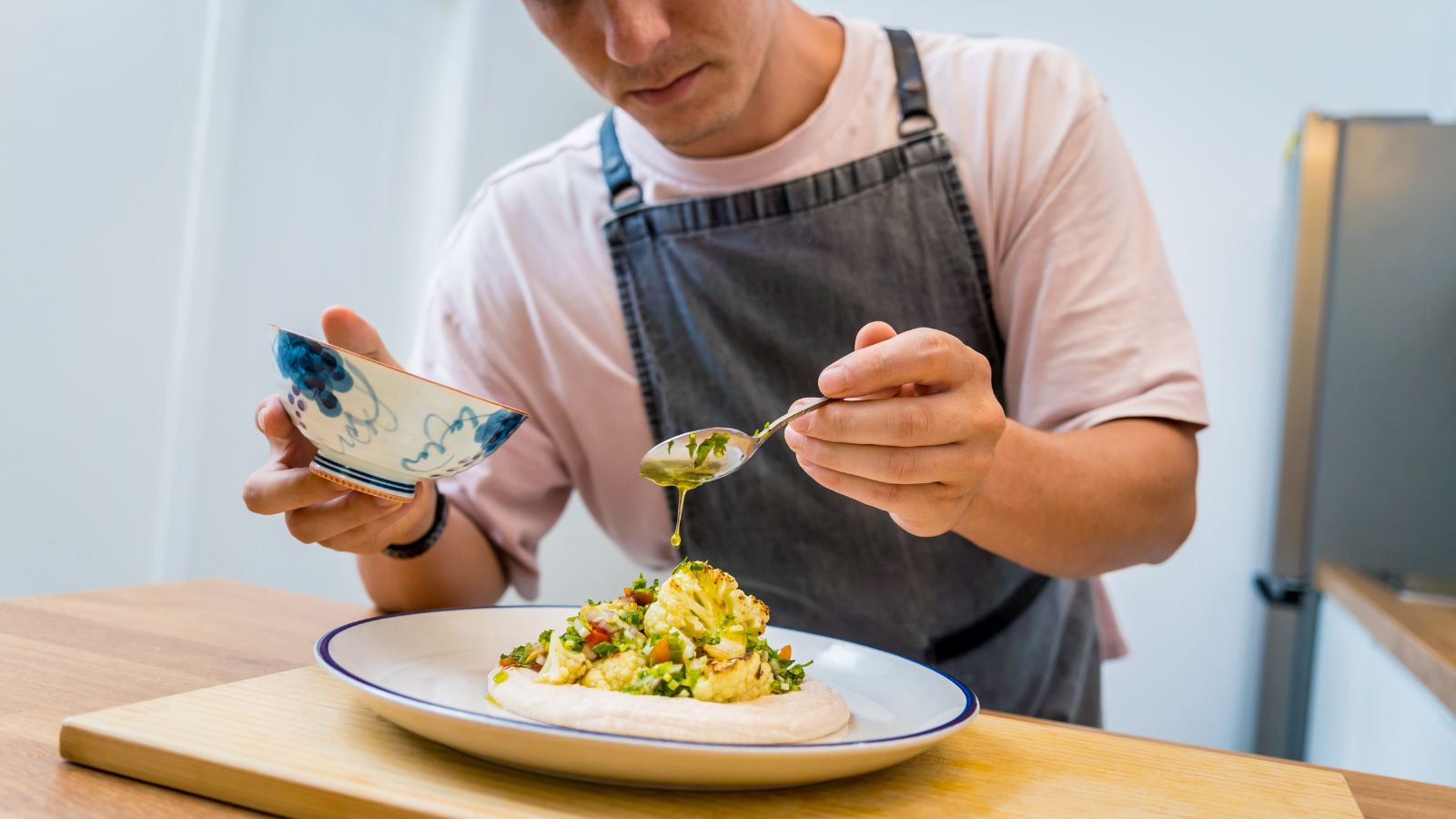
The chef behind Alo and Aloette in Toronto, Patrick Kriss is redefining fine dining with a hyper-seasonal approach. He sources local whenever possible, but it’s his precision and ability to let ingredients speak for themselves that stands out. Kriss’s elegant yet approachable cuisine makes luxury feel grounded in Ontario’s natural abundance.
Julie Marteleira – Ontario
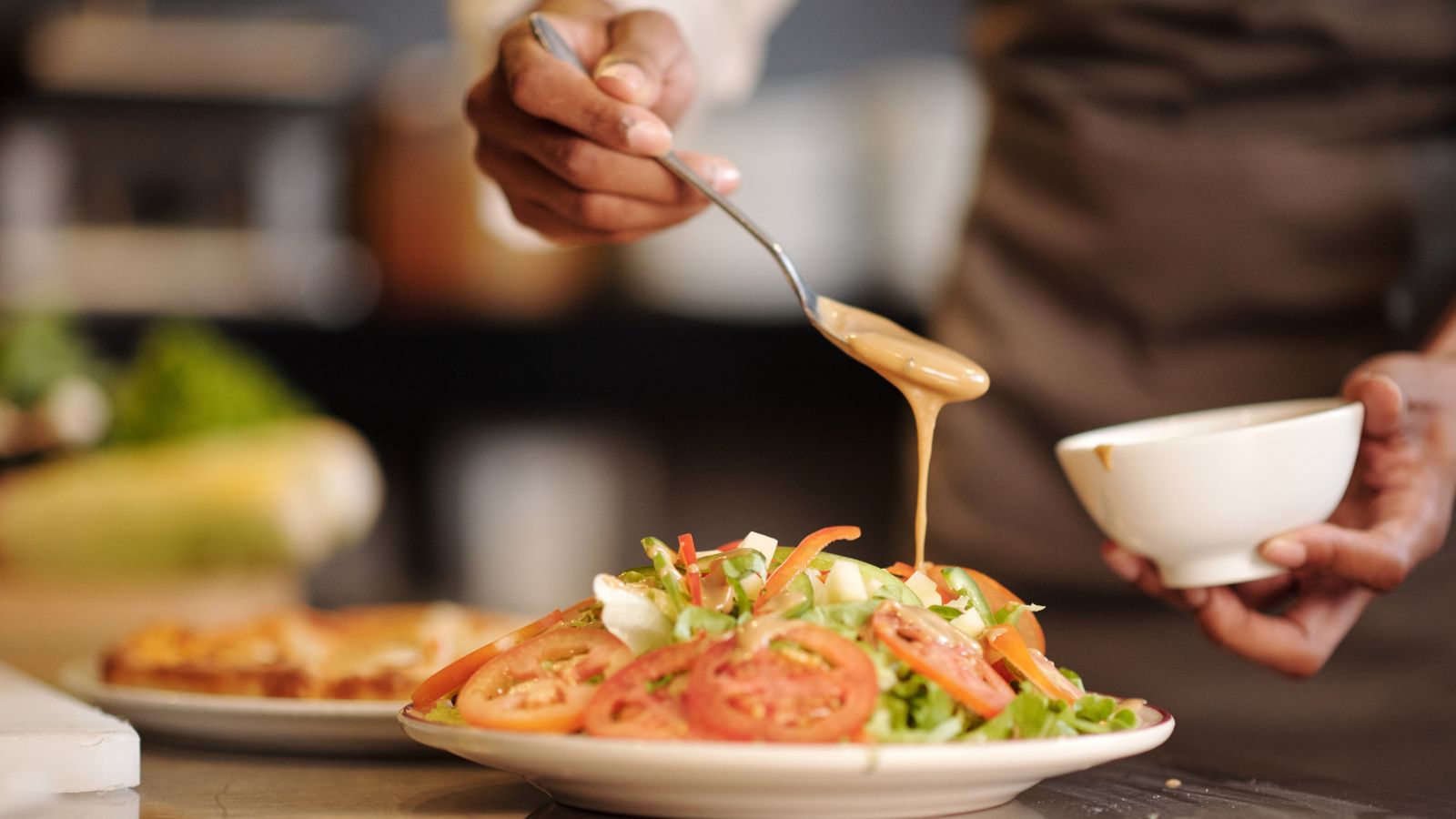
Chef Julie Marteleira pays homage to her Portuguese roots while embracing local Canadian ingredients. At Leña in Toronto, she blends Iberian flavors with a modern Canadian lens, think wild-caught cod with Ontario root vegetables. Her bold flavors and heritage-driven menus challenge the idea that local food must exclude global influence.
Dale MacKay – Saskatchewan

As the first winner of Top Chef Canada, Dale MacKay brought Saskatchewan into the culinary spotlight. At Ayden Kitchen and Bar in Saskatoon, he celebrates prairie ingredients like lentils, bison, and saskatoon berries. His menus reflect both rustic warmth and refined technique, showing how the plains can offer richness and depth.
Charlotte Langley – Prince Edward Island
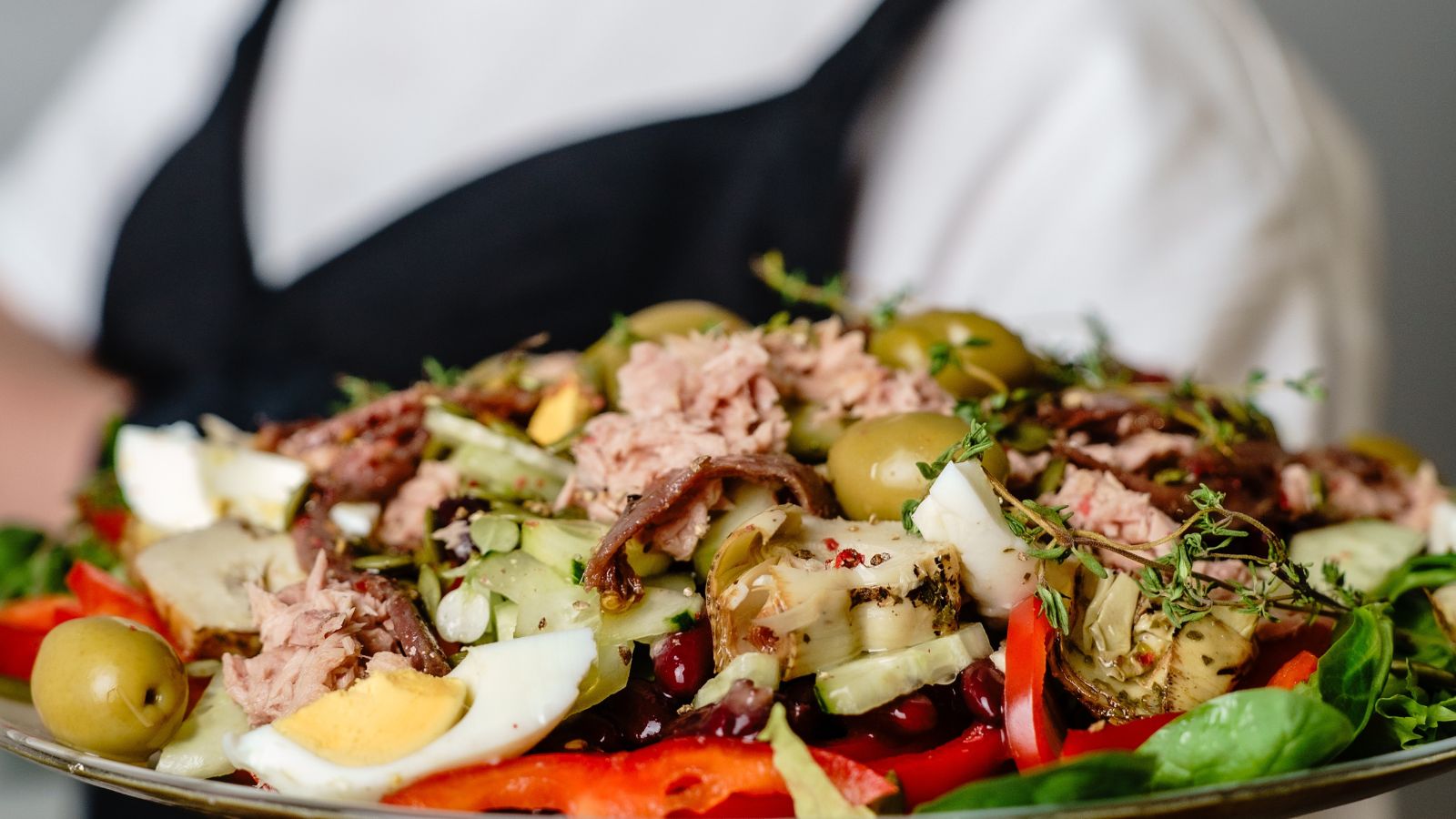
Known as “the Maritime Chef,” Charlotte Langley is passionate about sustainable seafood and coastal cuisine. Whether she’s preserving mackerel or roasting lobster, her techniques highlight the simplicity and purity of Atlantic ingredients. Her work with Scout Canning promotes ethical seafood consumption on a national scale.
Suzanne Barr – Ontario
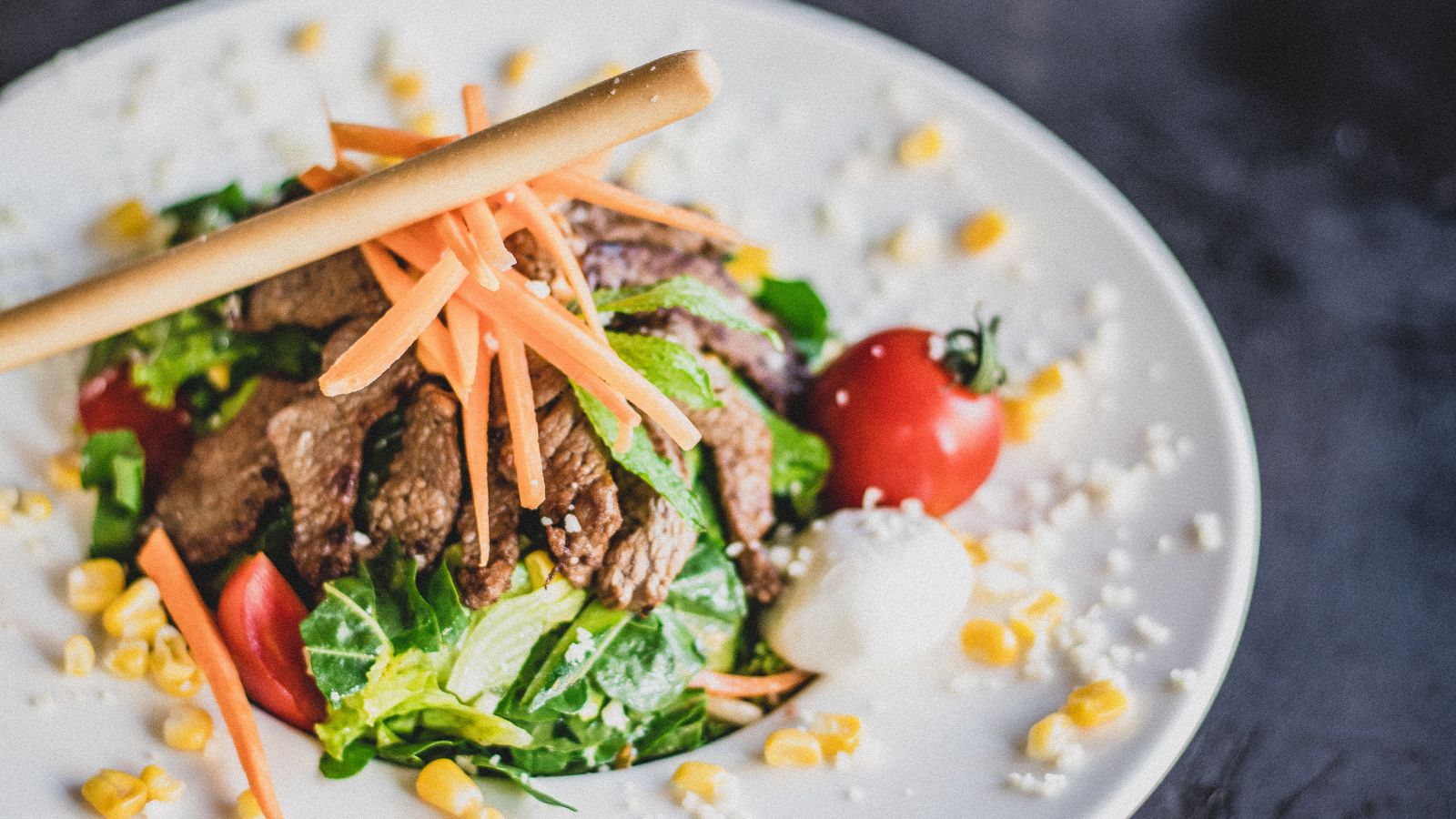
Suzanne Barr infuses her Afro-Caribbean heritage into every dish she creates. At True True Diner and through her advocacy, she redefines local cuisine by spotlighting diasporic ingredients grown in Canadian soil. Her menus are vibrant, spicy, and layered with history, food as resistance, joy, and nourishment.
David Hawksworth – British Columbia
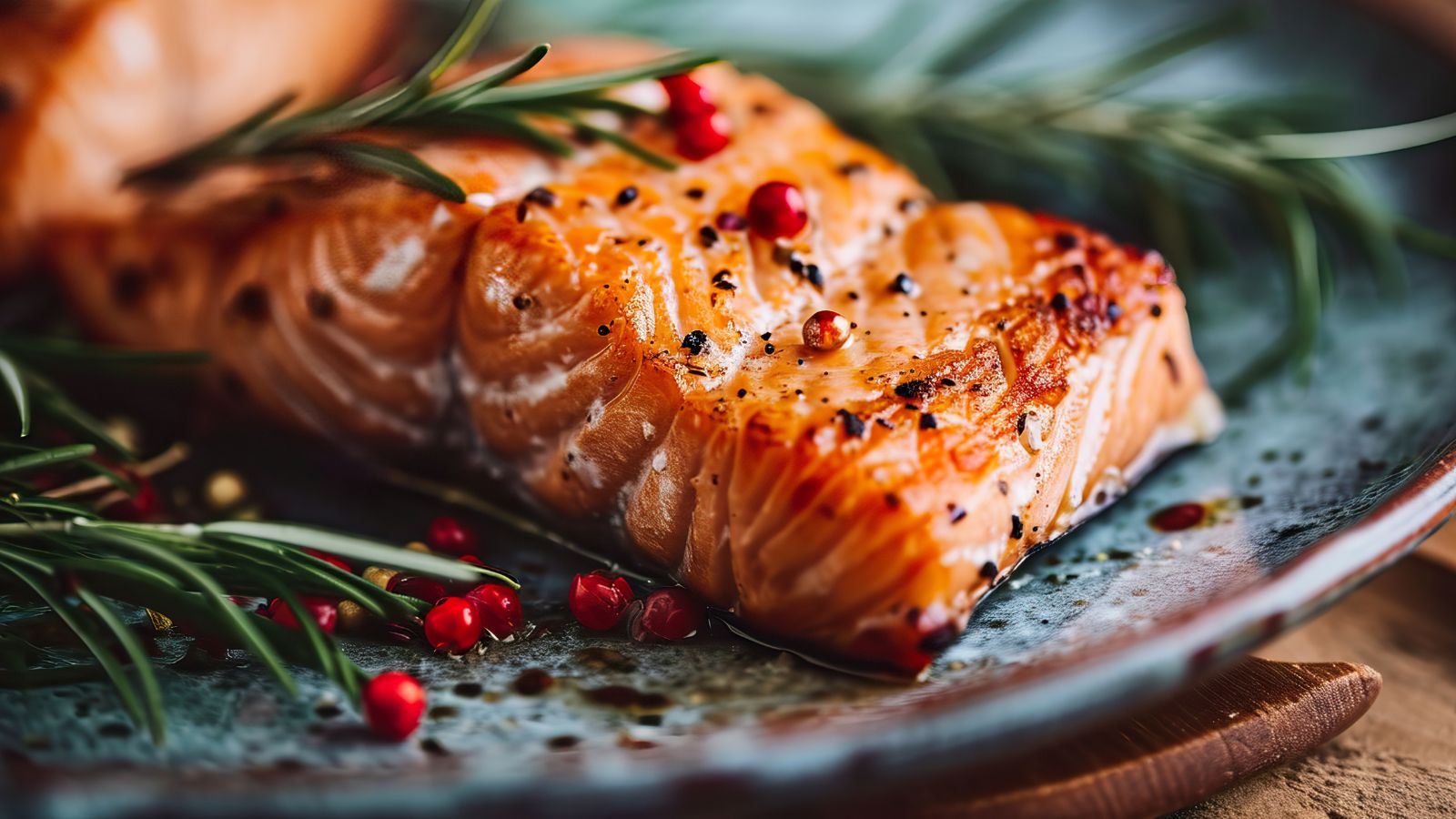
At Hawksworth Restaurant in Vancouver, David Hawksworth is known for contemporary Canadian cuisine with a global edge. He sources from B.C. farms and fisheries, yet presents dishes that draw on French and Asian technique. Hawksworth elevates the everyday through his refined lens and unwavering commitment to local excellence
Marie-Cécile Nottaway – Quebec

An Anishinabekwe chef from Rapid Lake, Marie-Cécile Nottaway founded Wawatay Catering to bring Indigenous cuisine to mainstream tables. She cooks with smoked fish, game meats, and wild rice, always with an emphasis on tradition. Nottaway’s work is also deeply rooted in food sovereignty and cultural reclamation.
Antonio Park – Quebec
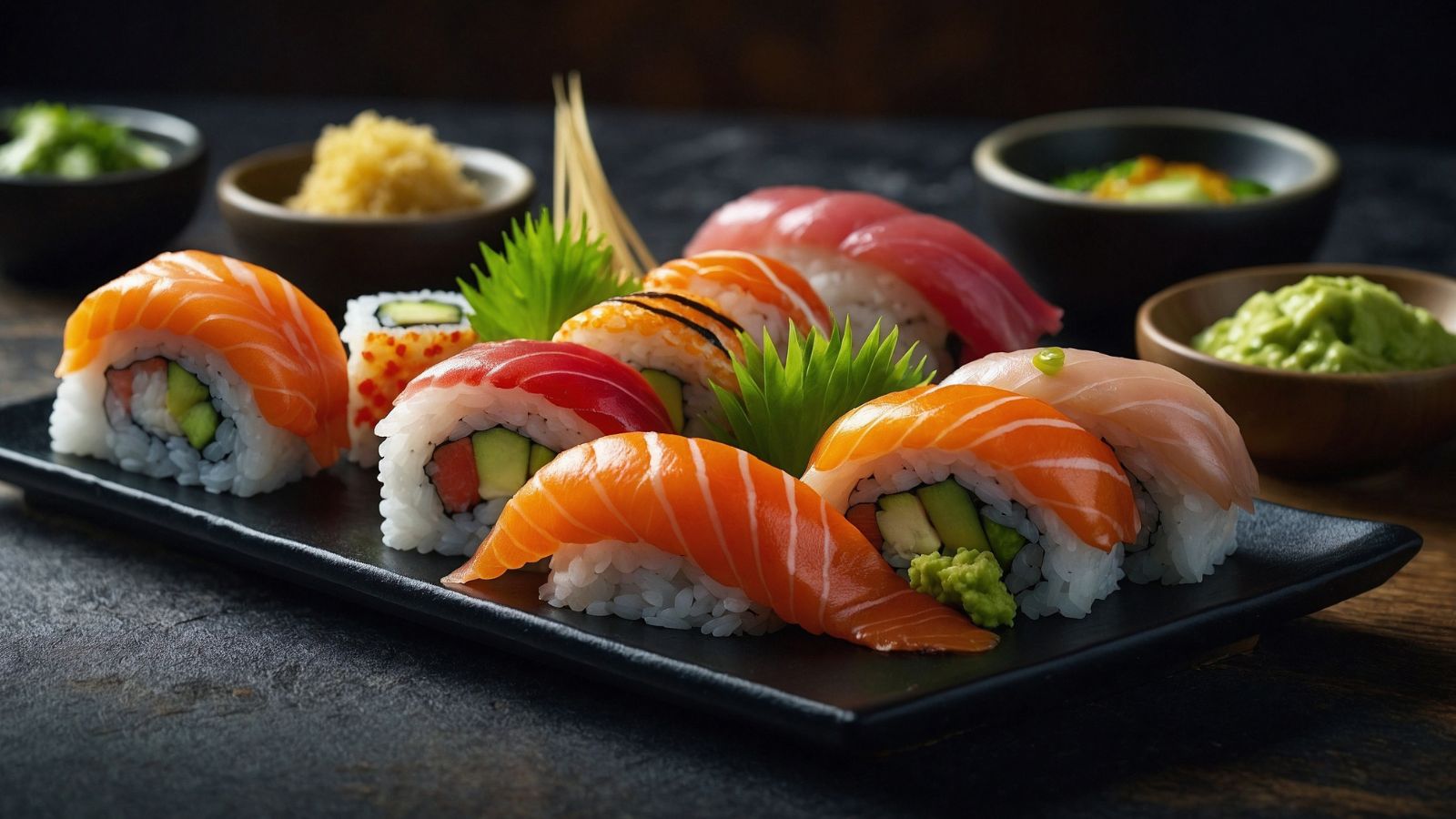
At Park in Montreal, Antonio Park blends Japanese techniques with South American influences and Quebec terroir. His use of local fish in sushi—like Quebec-caught mackerel or sea urchin—shows a creative twist on regional sourcing. Park proves that local cuisine doesn’t need to be defined by borders, but by respect for quality and place.
Amber Kaki – British Columbia
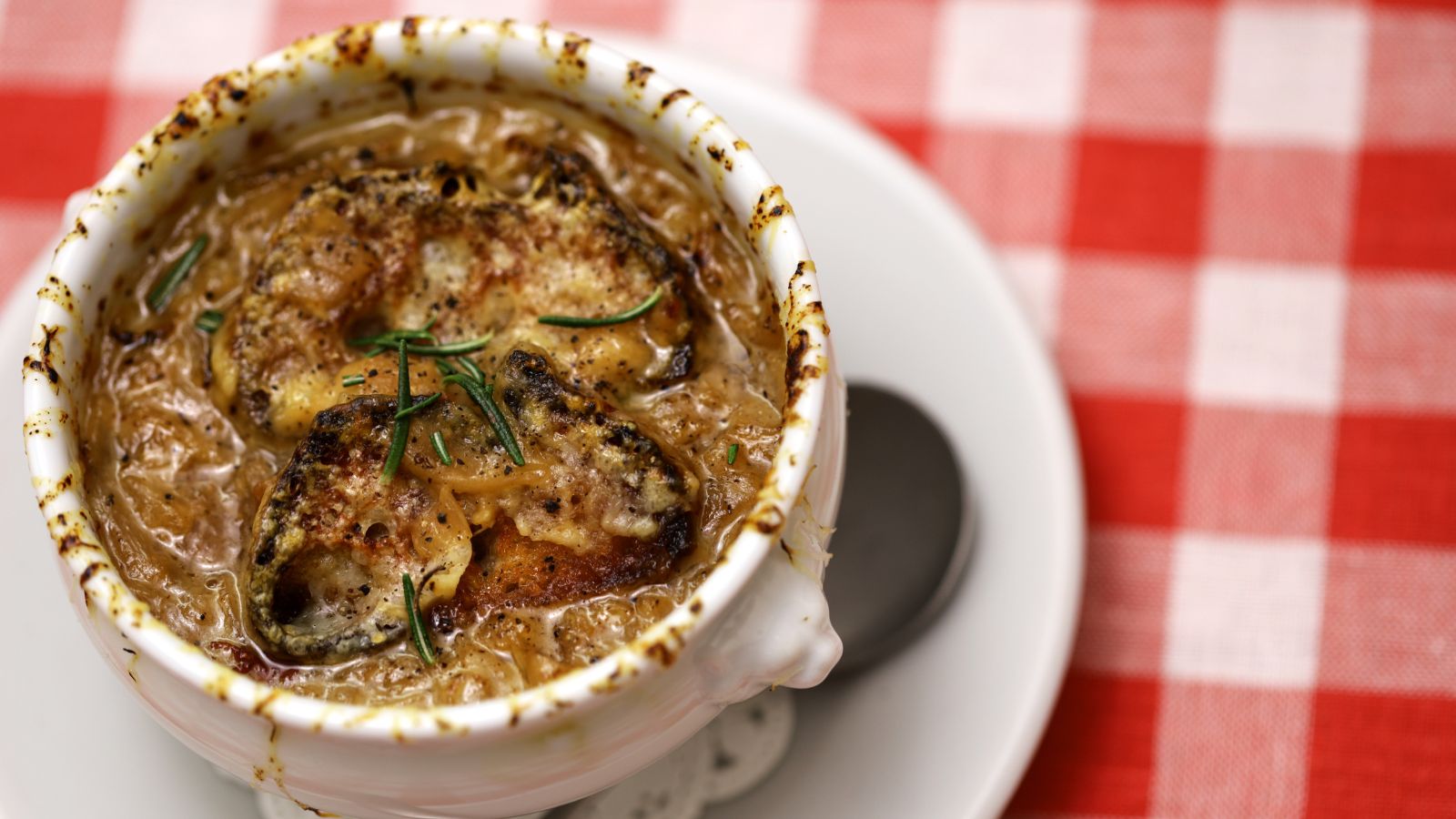
As the culinary director of the Naramata Inn in the Okanagan, Amber Kaki creates vibrant dishes that spotlight B.C. wine country’s finest produce. Her menus change frequently to reflect vineyard harvests and farm yields. Her food balances French finesse with rustic honesty, capturing the heart of interior British Columbia.
Ross Larkin – Newfoundland
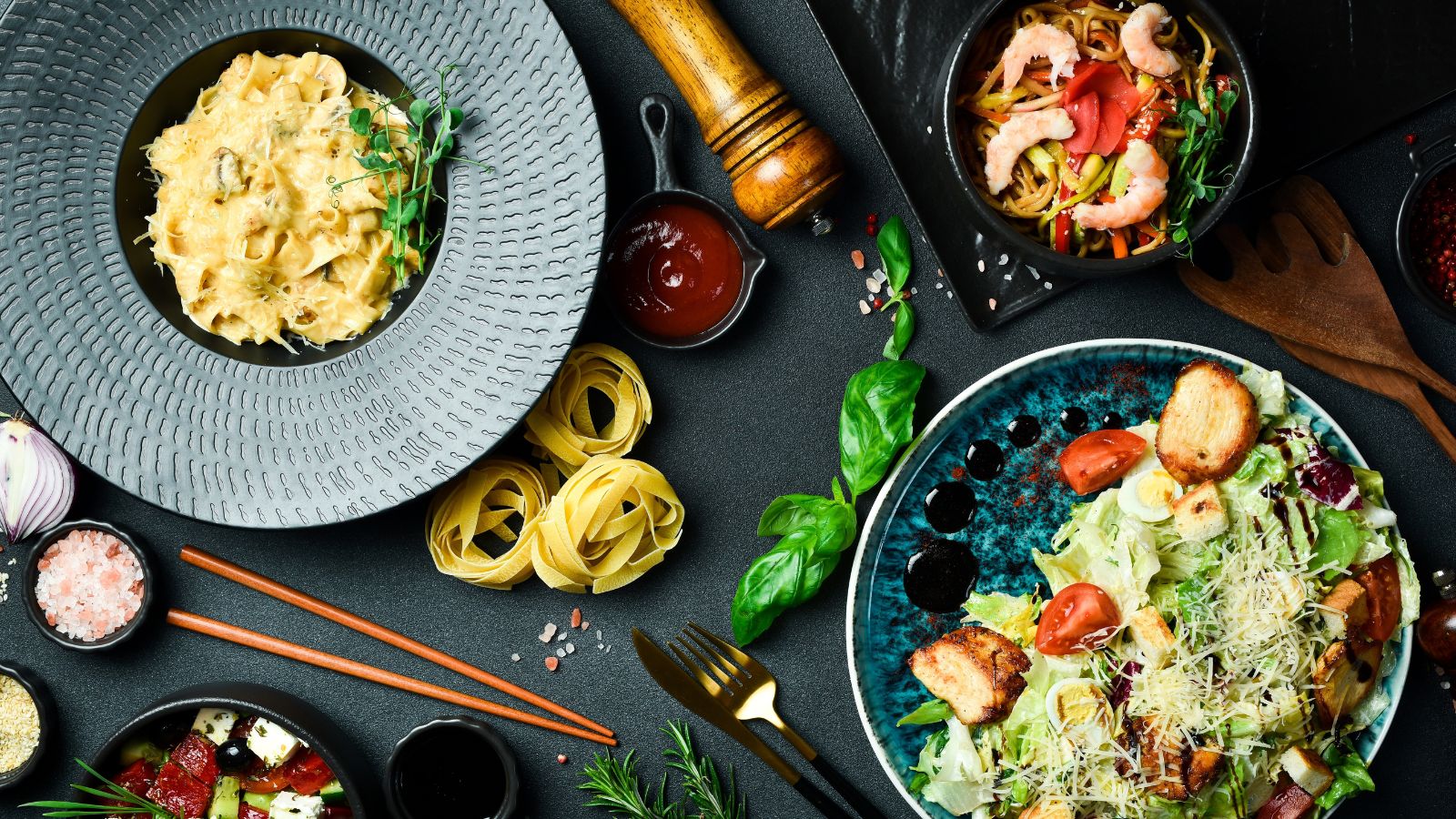
Ross Larkin, a protégé of Jeremy Charles, continues to champion Newfoundland cuisine at Raymonds. He utilizes heritage cooking techniques, like curing and pickling, and ingredients such as snow crab, moose, and Labrador tea. Larkin’s dishes taste like the land and sea they come from: wild, bold, and deeply rooted.
Joey Demers – Northwest Territories+
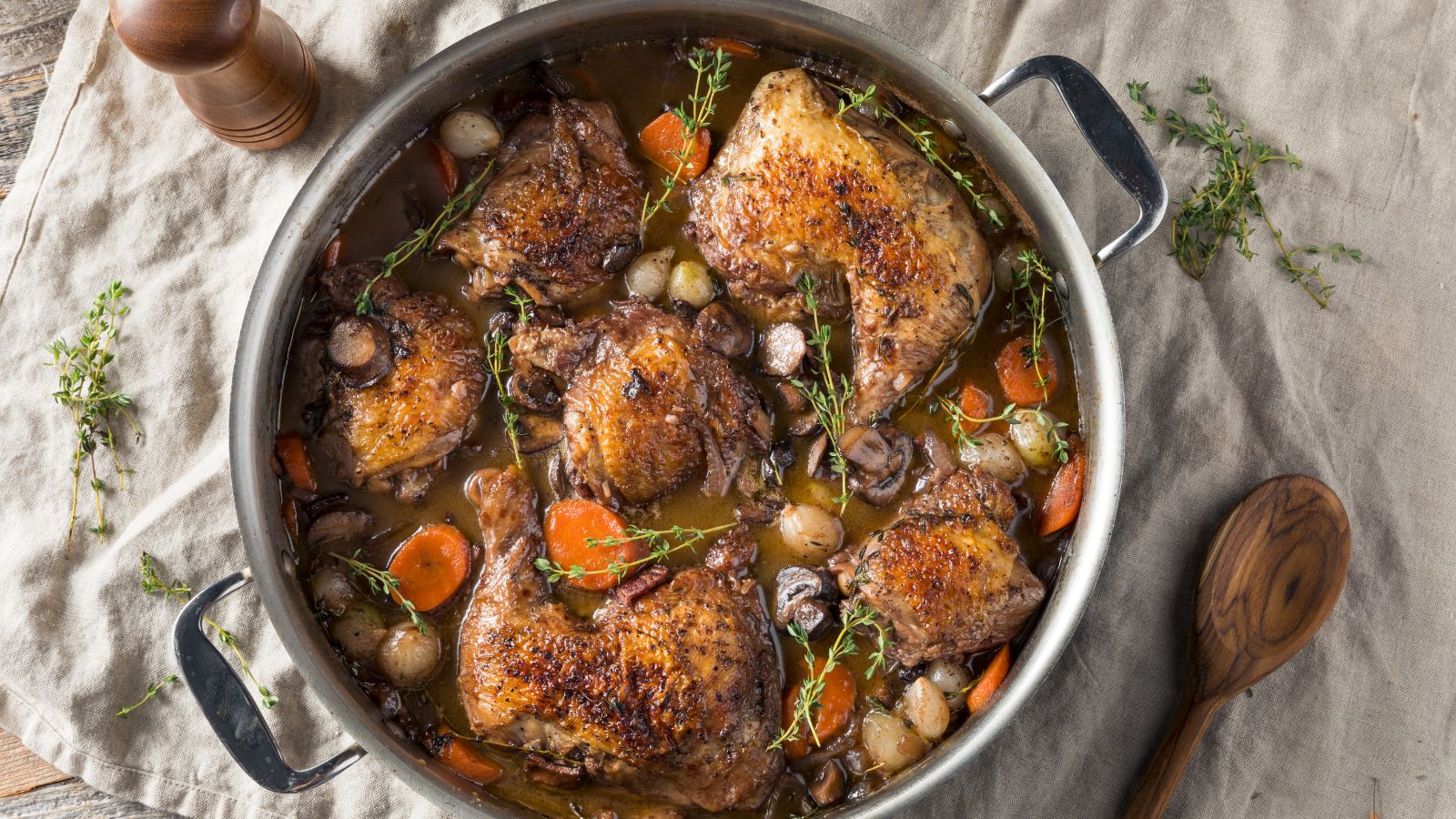
Operating out of Yellowknife, Joey Demers brings northern ingredients like arctic char, muskox, and cloudberries to his seasonal pop-ups. His food is shaped by the stark climate and isolation of the North, turning logistical challenges into creative inspiration. His mission is to highlight the terroir of Canada’s most remote region.
Imrun Texeira – Ontario
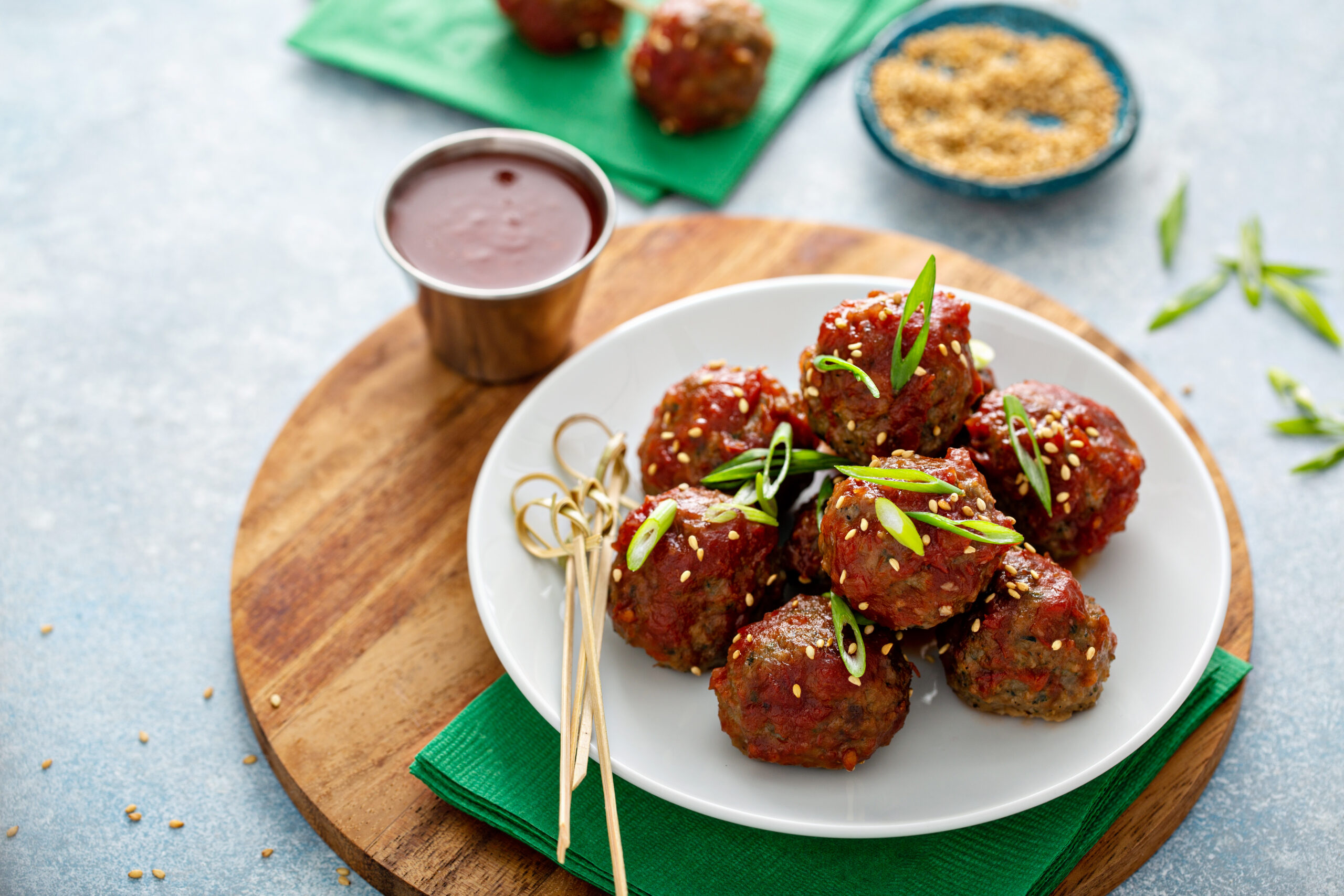
A Top Chef Canada finalist, Imrun Texeira integrates his Indo-Guyanese heritage with seasonal Canadian fare. He emphasizes sustainable meats, farm-fresh produce, and bold spice blends. Texeira’s dishes are layered with flavor and meaning, offering a new blueprint for what it means to cook “Canadian” in a multicultural era.
Melissa Hryb – Alberta
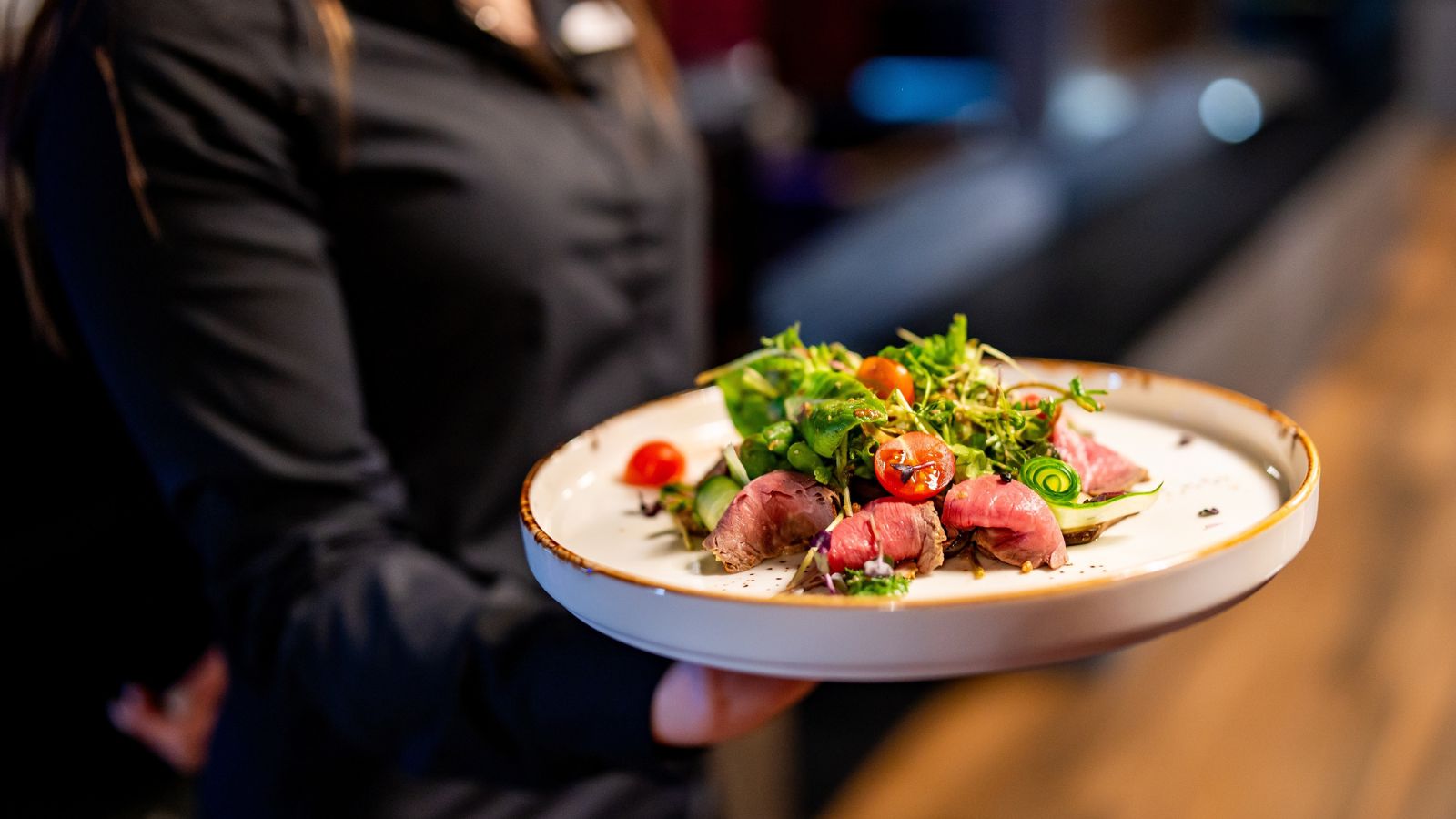
At Soul Kitchen in Calgary, Melissa Hryb blends prairie sensibilities with urban innovation. Her approach is centered around local farmers, zero-waste practices, and a strong sense of community. Hryb’s food is comfort-driven yet imaginative, turning Alberta-grown staples into creative expressions of love and place.
Chris Commandant – Ontario

Chef Chris Commandant of the Mohawk Nation uses food as a vehicle for cultural education. His dishes focus on ancestral ingredients, including corn, beans, squash, and wild game, prepared using pre-colonial techniques. Commandant not only cooks for nourishment, but to share knowledge and promote Indigenous food sovereignty.
Trevor Bird – British Columbia
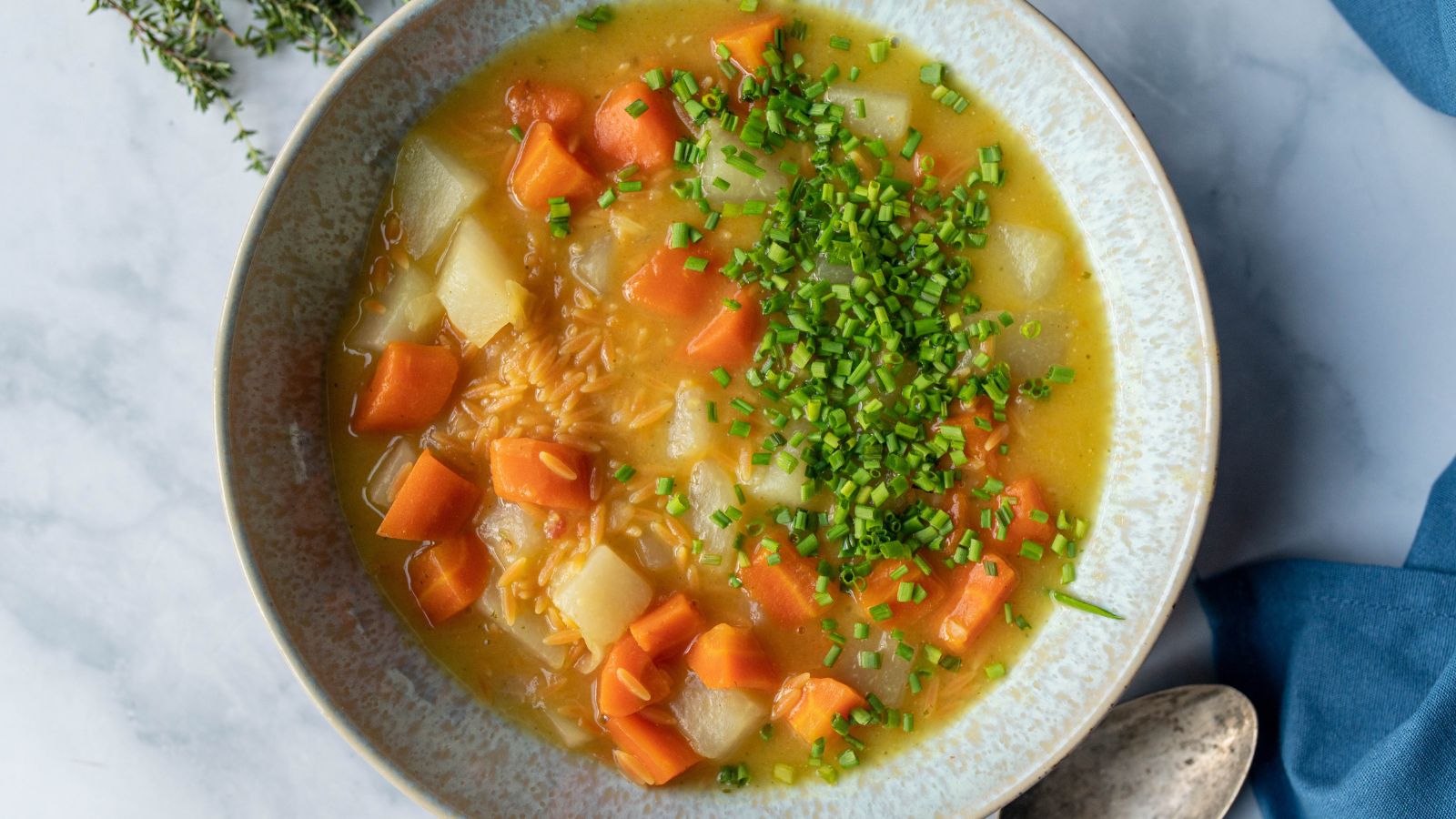
At Fable Kitchen in Vancouver, Trevor Bird is all about “farm to table.” His dishes often feature quirky, hyperlocal ingredients like stinging nettle or kohlrabi. Bird has cultivated deep relationships with growers and suppliers, ensuring every dish supports regional agriculture. His ethos is one of simplicity, transparency, and flavor.
Renée Lavallée – Nova Scotia
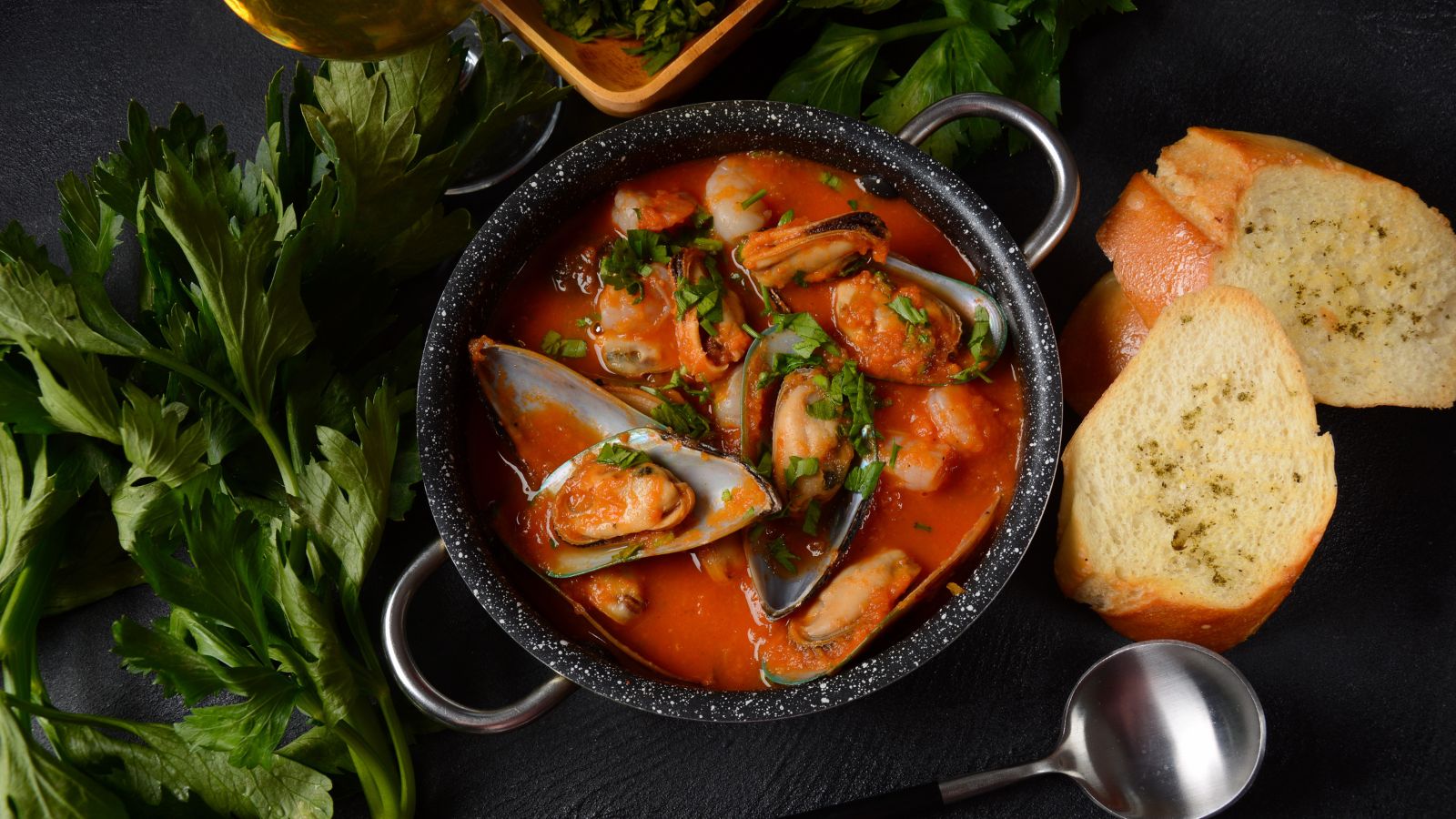
The “Feisty Chef” from Dartmouth, Renée Lavallée brings maritime energy to her dishes. At The Canteen, she celebrates Nova Scotia’s fishing and farming heritage with dishes like seafood chowder and locally smoked pork. Lavallée is a champion of Atlantic cuisine and an advocate for sustainable practices.
Paul Moran – British Columbia

A forager and chef, Paul Moran earned acclaim for his ability to turn wild ingredients into fine dining marvels. Based in Tofino, he harvests mushrooms, seaweed, and coastal herbs to craft a truly wild local cuisine. Moran’s work reminds diners that the natural world offers untamed flavor, if you know where to look.
Cynthia Cooper – Manitoba
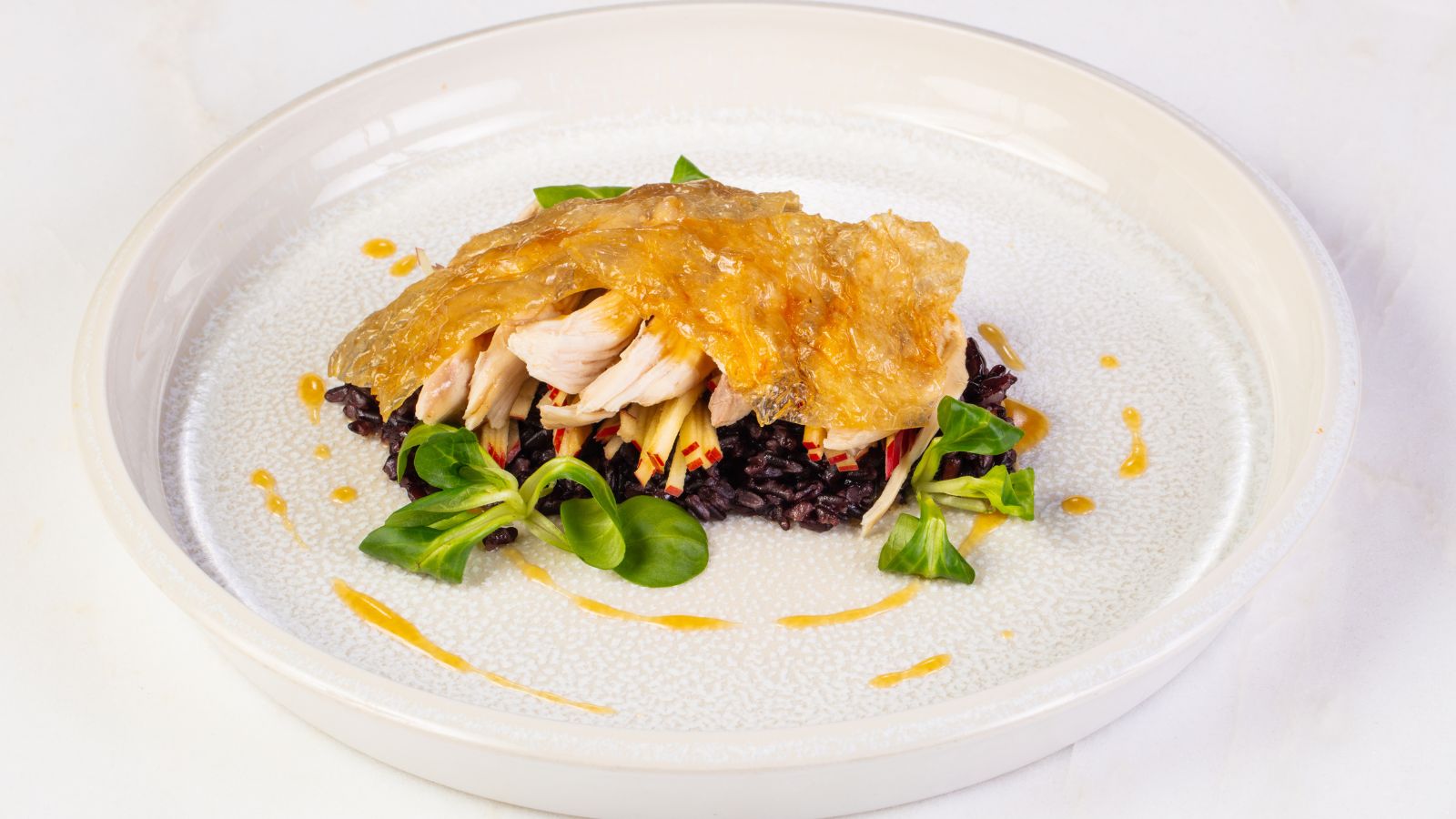
Cynthia Cooper creates contemporary Indigenous cuisine that honors the Métis and Cree cultures of her upbringing. Her menus feature local game, wild rice, and medicinal herbs. Through food, Cooper fosters cultural connection and identity, turning each dish into a form of storytelling and heritage preservation.
Jason Bangerter – Ontario
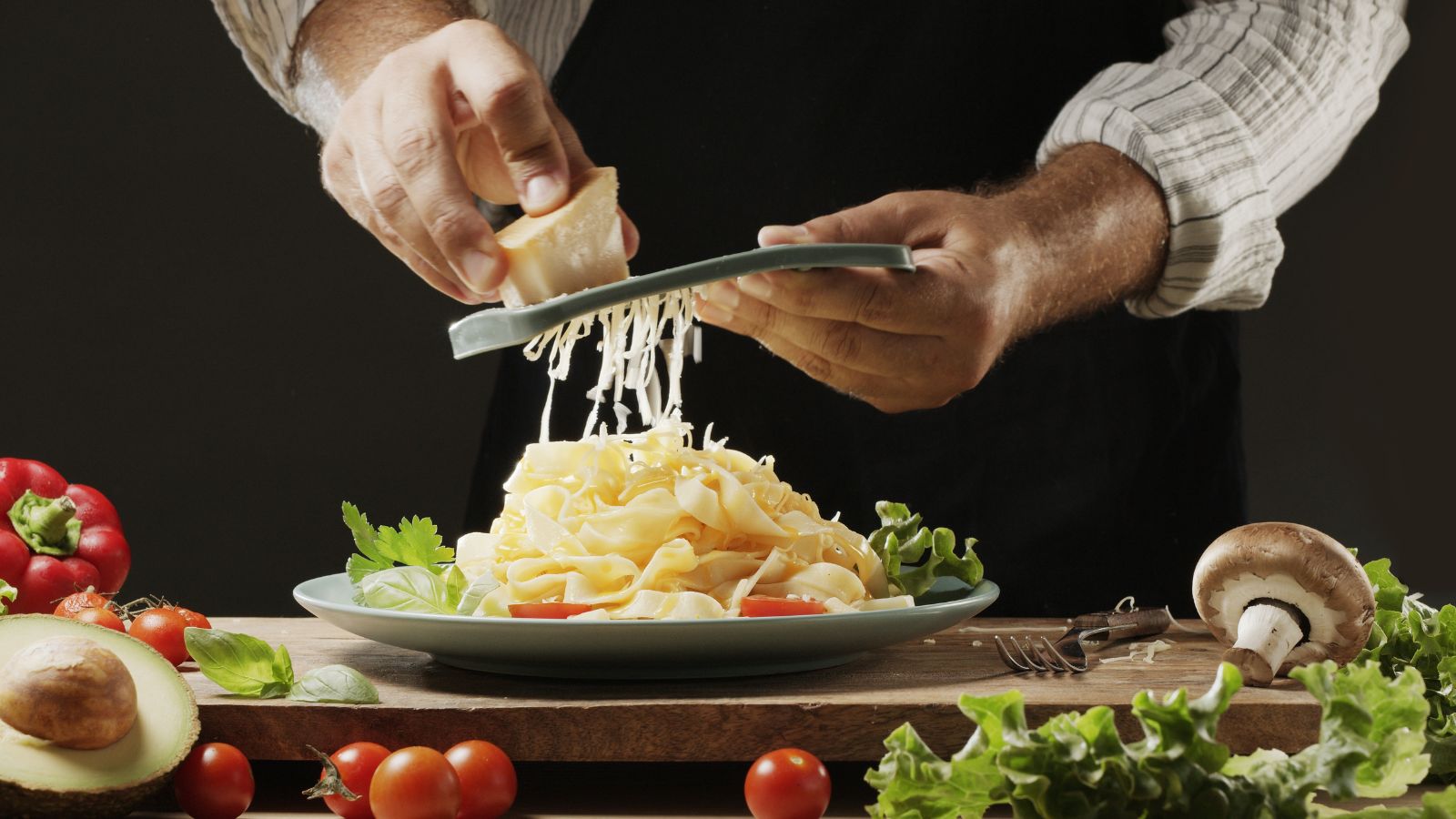
At Langdon Hall in Cambridge, Jason Bangerter elevates hyper-local to an art form. He draws from the inn’s own gardens and surrounding farms to craft dishes that are refined yet grounded. His food pays homage to Ontario’s seasons and landscapes, turning each meal into an elegant journey through the region.
Eva Chin – British Columbia
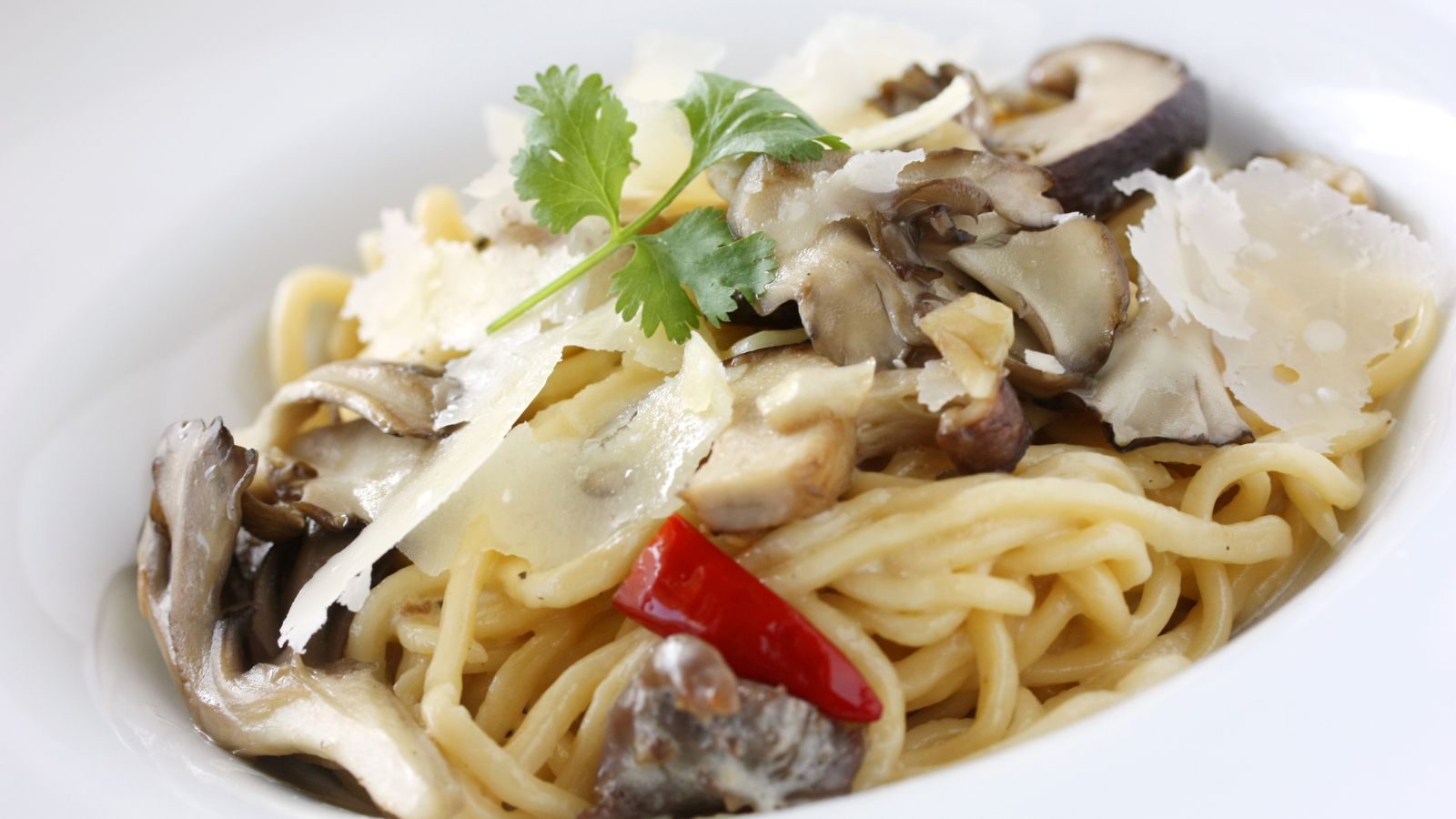
Chef Eva Chin fuses her Chinese-Singaporean roots with B.C. ingredients to craft a cuisine she dubs “Pacific Northwest Chinese.” At Avling and other venues, her dishes feature salmon belly with fermented greens or handmade noodles with foraged mushrooms. Chin’s cooking bridges continents while grounding itself in the soil and sea of the West Coast.
Martin Picard – Quebec
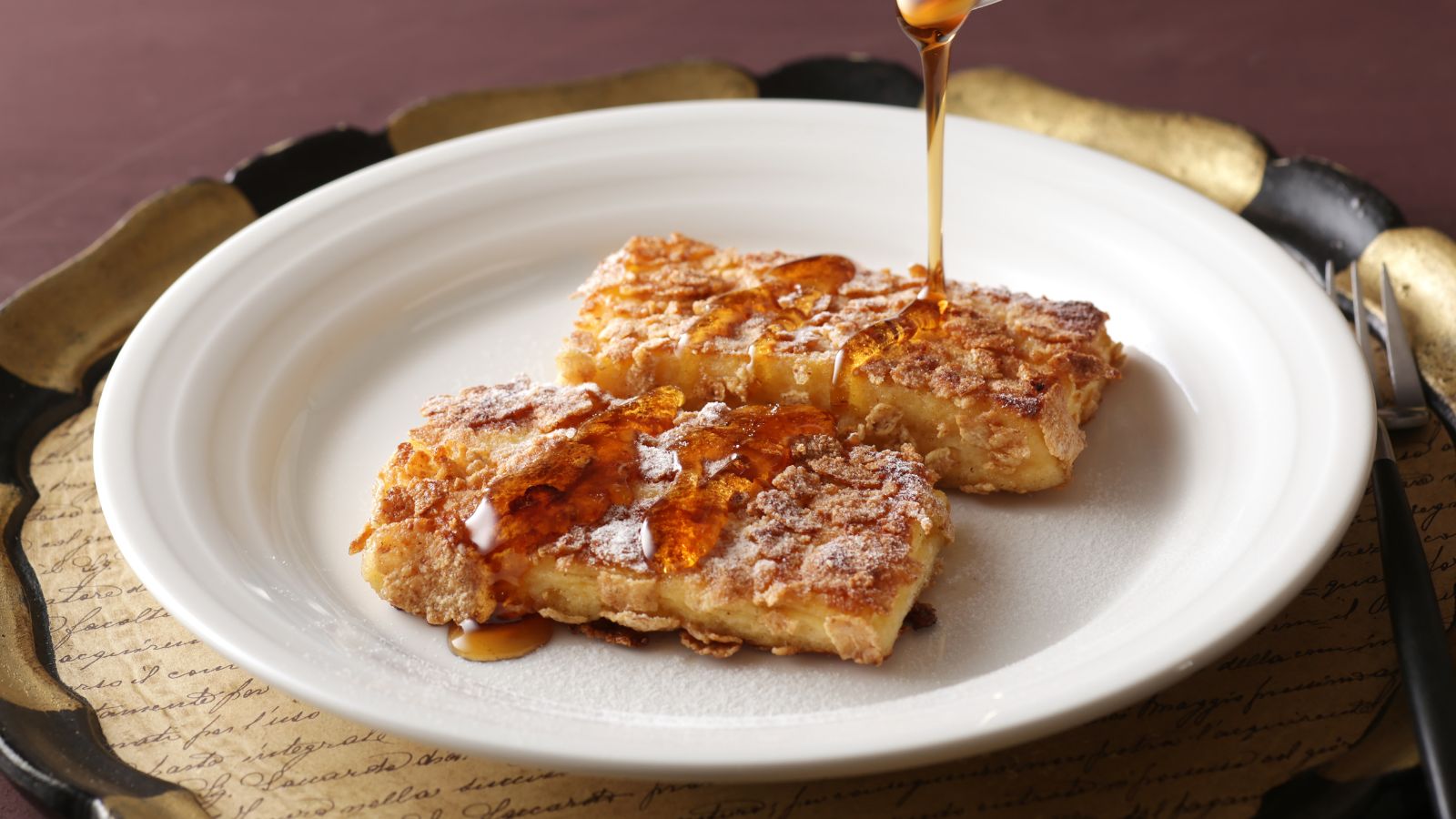
At Au Pied de Cochon, Martin Picard turns Quebec’s ingredients into larger-than-life culinary experiences. Known for foie gras poutine and maple-heavy dishes, he showcases the bounty of the land with unapologetic gusto. Picard’s love for Quebec terroir is infectious, and his dishes are both playful and deeply rooted in regional identity.
22 Times Canadian Ingenuity Left the U.S. in the Dust

When people think of innovation, they often picture Silicon Valley. However, Canada has a history of innovation, too. Whether it’s redefining sports, revolutionizing medicine, or just showing America up at its own game, Canadian inventors, thinkers, and dreamers have had their fair share of mic-drop moments. Here are 22 times Canadian ingenuity left the U.S. in the dust.
22 Times Canadian Ingenuity Left the U.S. in the Dust
